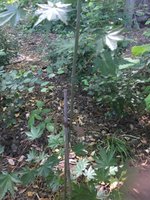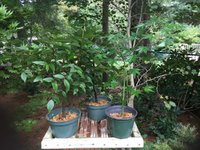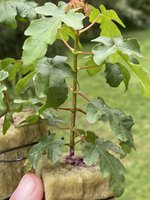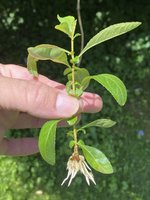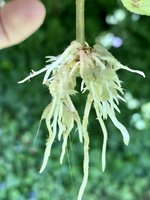WNC Bonsai
Omono
I have several J. maple saplings that have shot up tall and thin over the last couple of years. They are now in the ground to thicken up but I am thinking that instead of just cutting them back I might air layer a couple. They are about 1/4” thick at the possible air layer point so I am wondering whether that is too thin and they might snap in a stiff breeze. They’re going to need to be pruned back anyway so probably nothing lost if they do snap but if they can be stabilized I can double my stock for a forest planting. Any thoughts?

